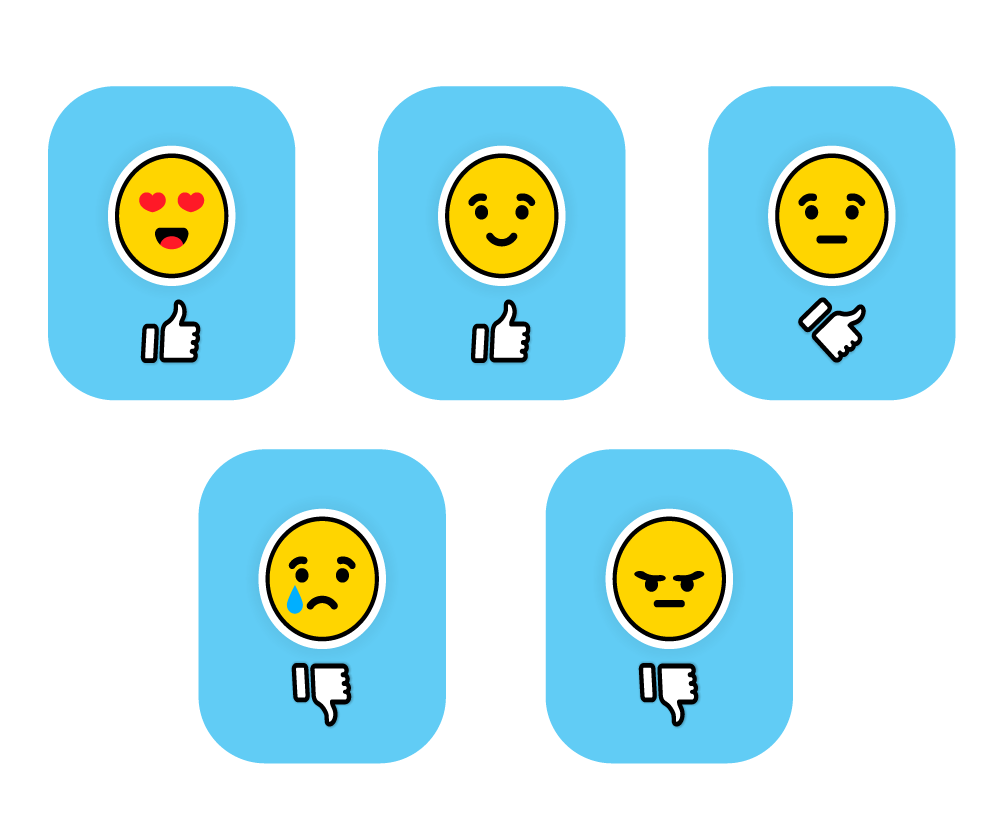
Transforming Workplaces

Communication = Connection
A visit to a healthcare facility can make people nervous for any number of reasons. Some people may be uncomfortable revealing sensitive information to health care professionals who need it to provide certain services. Others find it difficult to talk about health concerns. Creating an environment in which these conversations are more comfortable for the patient is an important goal for all health care staff.
Many LGBTQ+ people have experienced rejection and stigmatization due to their gender identity or sexual orientation in the hands of healthcare providers. They are looking for subtle signs in the medical environment that can be read as indications of whether they are welcomed or not. After effectively training your staff in LGBTQ+ care, making a few adjustments to the space in which you practice can communicate to your LGBTQ+ patients that you welcome them and want them to feel comfortable.
Many healthcare organizations do not necessarily know how to start building more inclusive spaces. Often this is because healthcare providers and staff are not well equipped with tools to effectively communicate or conversations about LGBTQ+ inclusion.
All-gender washrooms are safe spaces where anyone, regardless of gender identity or presentation, can use the toilet, wash their hands and use the mirror. These spaces decrease anxiety and fear for trans and gender diverse people. These facilities reduce the chance of physical and verbal harassment or assault — a real and ongoing risk in gender segregated spaces.
Often when we think of anonymous feedback cards, we think of only negative comments and bad reviews. Inherently, we are more likely to leave feedback when it is negative as we have been emotionally charged and upset by a service, person, or a situation. Negative feedback is hard to receive at times, but valuable to create growth and change.






